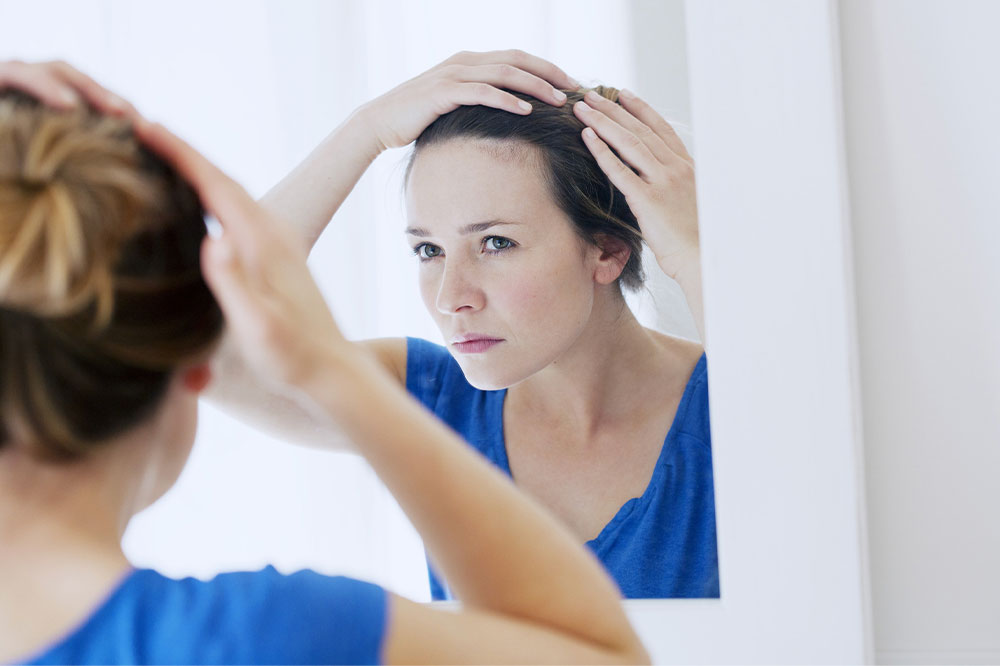
8 Makeup Tips to Cover Psoriasis and Acne Marks
The skin rashes that come with conditions like psoriasis, and acne can worsen one’s appearance. However, there are many ways to conceal these marks on one’s skin. Using makeup to hide such marks effectively salvages how a person’s skin appears even when they have psoriasis flare-ups. However, people need to get a few things right while using makeup. Therefore, here are some practical and easy makeup tips for covering psoriasis and acne marks:
Choosing liquid-based products
Some people mistakenly use powder-based foundations and concealers to cover up psoriasis marks, which can dry the skin and make it more prone to itchiness and irritation. To prevent this, it’s recommended to use liquid-based makeup products instead. Dermatologists and beauticians often suggest using sheer shades for a more natural look.
Choosing products wisely is important when looking for makeup to cover skin conditions like psoriasis. Cream-based products can also provide a natural look, but be sure to avoid any with sparkle or glitter. These products can cause more irritation and draw attention to the areas you’re trying to conceal. Therefore, stick to sheer or natural shades for the best results.
Maintaining consistency
Makeup tips and tricks have varying degrees of effectiveness for different users. What works for one individual may be less useful for another. Therefore, people will need trial and error to find makeup that works for them ultimately.
Despite that, one must maintain consistency with the products and tools they use to conceal psoriasis marks. If individuals switch makeup products occasionally, they expose themselves to possible allergic reactions. One can consult an experienced dermatologist before they try on a product for the first time, especially if they experience stinging, burning, or itching when they use it. If the product works, individuals must stick to it to consistently get the desired results.
Applying foundation first
Regardless of the skin type, people need to apply foundation on their skin before concealer. Doing so makes the skin look more natural later. A good foundation makes concealers redundant. Users must lightly pat the foundation on their skin using their bare fingers or beauty sponges. This is advisable over forcibly rubbing or stroking the product onto one’s skin. If they use a sponge, it must be cleaned before each use to avoid potentially contracting skin infections.
Trying out contour foundation
Only a few makeup users try contour foundation, making it one of the more underrated options to cover psoriasis marks. Contouring helps people highlight their most striking facial features while masking the ones users do not want to show the external world (for instance, rashes).
In addition, many contouring solutions nourish the skin on a deep level, moisturizing the skin adequately and evening out the skin tone.
Using soft, clean tools to apply makeup
The skin tends to become overly sensitive when one has psoriasis. Therefore, while applying makeup, people need to be gentle on their skin. One can apply healthy products on their skin using their fingertips or soft-touch tools such as cotton applicators, beauty blenders, sponges, and soft-bristle brushes.
One can avoid sharing their makeup tools and products with others to avoid developing skin infections. The American Academy of Dermatology recommends cleansing makeup brushes every 7 to 10 days by removing the excess product on the brush by rinsing its tip under lukewarm, running water. After that, one must swirl the brush in lukewarm water and gentle shampoo. Once that is done, one can again cleanse the brush under running lukewarm water until the water runs clear. Lastly, one can use clean paper towels to remove the extra water and moisture from the brushes and lay them flat to dry.
Avoiding the use of potential skin irritants
Certain chemicals and elements trigger allergic reactions and psoriasis flare-ups in individuals. This is arguably an even worse outcome than not using makeup and exposing psoriasis marks on one’s skin. One must simply check the makeup product ingredient list before purchasing them to avoid this.
Generally, some skin irritants and trigger elements that cause allergic reactions and flare-ups are essential oils, glitter, dyes, and powerful fragrances. Therefore, purchasing products or tools that do not have these ingredients is wise to avoid flare-ups. To know how their body would react to a makeup product, one can do a small patch test on their skin to see the immediate reaction.
Being mindful of the pigmentation ratio in products
Ideally, the target for an individual while applying makeup to conceal psoriasis or acne marks is to use as little product as possible and have the maximum good results. A product’s pigmentation ratio is the amount of coverage the user gets for the product they apply to their skin. So, products with a high ratio provide the highest coverage for the least amount of product applied. These products must be purchased as they will not aggravate flare-ups or reactions. A person must apply a small portion of any given cream or lotion to enjoy their benefits if they have comparatively higher pigmentation ratios.
Nourishing one’s skin regularly
Although this tip is more natural than the others, it is still a makeup tip to help cover psoriasis and acne marks. One needs to nourish their skin regularly to cover the marks effectively. To achieve that, one needs to drink plenty of water daily. Regularly showering, using natural, organic moisturizer to keep the skin hydrated, moist, sensitive, and flexible, and exercising all form part of one’s skin nourishment routine.
Apart from these tips, some include using an effective concealer, carefully picking one’s makeup formulation, and using organic, chemical-free foundations if possible. Also, consult a dermatologist before trying a new product and get the correct advice to avoid major skin issues.


